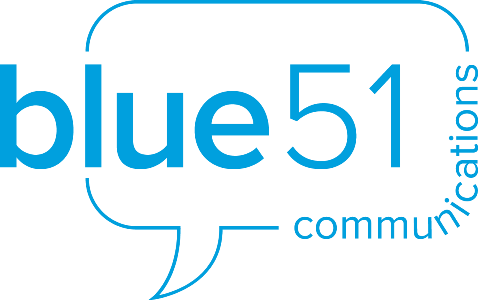Nothing seems to give people the shivers like case studies. I know, I know, I know. Those memories of university assignments marked down because of failure to comply To. The. Letter. with attribution and citation conventions, the structures to be conformed to with very little leeway in terms of creativity. Case studies? Hate ‘em like poison! That’s what I used to believe, but they are such incredibly powerful ways to create content that connects with your audience. Get comfy while I explain.
I’ve written before about a really quick storytelling device:
story = goal + motivation + conflict.
Here’s a link to that piece, but to summarise, an example in fiction is Charlie and the Chocolate Factory. The goal is Charlie wants a golden ticket to get into Willy Wonka’s chocolate factory. His motivation is to get out of poverty. The conflict is the very fact that he is so poor means you can’t buy a ticket. In terms of writing for a brand, imagine a personal trainer’s content. The goal is a busy working mum wants to feel vibrant. Her motivation is she wants to be CEO of home and of life in a way that feels good. Her conflict is she has no time to make the time for herself to exercise. This, my pretty, with a few paragraphs is a perfect example of a case study, and not a citation to be seen! Just add a call to action in there – aka you and your solution – and Bob’s your uncle.
Another way to create a fabulous case study for your brand is by hijacking the hero’s journey. Think about every movie you’ve ever seen from Bambi through to Die Hard. They follow a hero’s journey. There’s a hero and life just keeps throwing shit in their way! Things just keep standing between them and their goal or their motivations.
Here’s the basic structure:
- A person (your client, your ideal audience)
- Their problem
- The inciting incident which led them to you
- Your approach to solving that problem
- The solution or end game.
Let’s bring this to life with an example of a person who works with people to find their ideal balance between life, work and play, that (sadly) doesn’t include a Mars Bar. If you’re not humming a jingle right now go hit the Googles. I’ll wait.
Person: Let’s meet the hero of the case study/content piece – a client who is simply not in love with their work.
Problem: How does this lack of love for work play out or manifest? Is it anxiety? Are they turning up just to pay the bills? Perhaps every time they drive into the car park at work they feel sick. They just don’t want to be there.
The inciting incident: What made them decide enough is enough and reach their breaking point? In our example above, was this person in the car park having a vomit, that’s how much their anxiety meant that they didn’t want to be there?
Hint- to find this go back through your client list and have a think against a specific person about what suddenly made them make the decision to seek help. If you have a kick-arse contact form like mine (not to brag, but I’ll brag anyway) you’ll ask that question. Mine specifically asks people what brought them to my corner of the internet and it’s their answers that makes writing content against their pain points really easy.

Your approach to solving the problem: So, how does working with you address their problems?
This is where you can share your services. ‘My career coaching helps people clearly see where their strengths and preferences align with suggestions for careers that suit.’
The end game: This is the perfect place to share hard data from the client gathered from testimonials or even verbal feedback that they report back. ‘After working with me, Holly’s now excited for what each day at work will bring.’
Add an intro to the post, a conclusion with the call to action and call it a day – another fabulous piece of content showcasing your smarts, your impact and the value and benefits you and your work bring!
To make this process relatively quick and seamless, set yourself up for success with a robust testimonial or feedback tool that basically leads your clients through the hero’s journey, asking clearly how they see their current state and what led them to you, their experience of working with you against that state and then finally what their feeling is on the flip side of your work together.
Another way to share a case study is by bringing the tools of fiction into the fore. One of my incredible clients is Angela Esnouf from Hoarding Homes Solutions. A centrepiece of Angela’s content strategy is to share insights into the experience of hoarding from the hoarder. This builds empathy and understanding. Have a look at this piece which is just a teaser of a ‘character’ called Cat and her adventures. This has been such a successful (and fun to write) content piece for Angela to the point where Cat actually receives fan mail.
Bottom line- case studies can be a really lovely and powerful way to share people’s experiences in a way that is storytelling based. It’s fun to write and easy for people to connect with.
Tell me, will you have a crack at case studies or do they bring out hives? Let’s chat, shall we?!
I love writing about communications, writing, life in business and life in general! If there’s something specific you’d like me to cover in my writing, please shoot me an email or give me a buzz, and I’ll do my best to help, or address it in an upcoming blog post or on my social media platforms.
